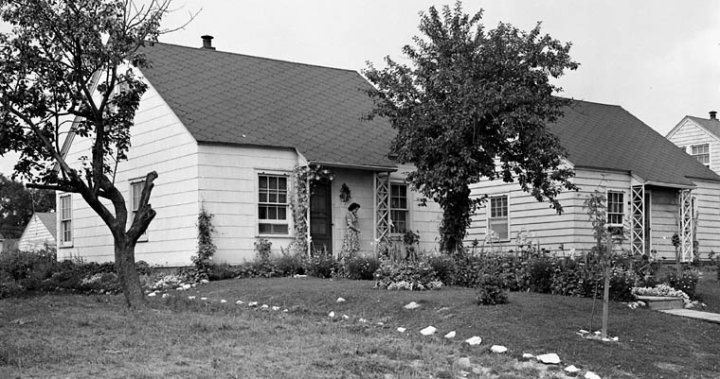
Strawberry box homes? How Ottawa plans to make an old strategy new
Global News
At the heart of the Second World War-era policy is the ‘Strawberry-box home’ or ‘Victory home’, a type of house built for returning war veterans and their families.
The federal government is looking to the past to create a roadmap for the future of housing policy in Canada.
Federal housing minister Sean Fraser on Tuesday confirmed Global News’ report from Monday that the minority Liberals were taking a nearly 80-year-old program off the shelf and revamping it.
When thousands of veterans returned to Canada after the Second World War, Canada was facing a housing crisis. To cut through the red tape and accelerate the building and approval process, Ottawa released a catalogue of pre-approved home designs that builders could start constructing straight away. Hundreds of thousands of new homes were built in Canada over a short period of time.
“In many instances, these homes were being built in a period of about 36 hours, and we intend to take these lessons from our history books and bring them into the 21st century,” Fraser told reporters in Ottawa.
“We are going to be moving forward with a catalogue of pre-approved designs at the federal level.”
At the heart of the Second World War-era policy is the ‘Strawberry-box home’ or ‘Victory home’, a type of house built for returning war veterans and their families. They were named for the shape of boxes in which strawberries were sold at grocery stores.
“The typical design in the 1950s was a single-family home, usually a bungalow, maybe one and a half stories, maybe one story. They were called strawberry boxes,” said housing policy expert Carolyn Whitzman, “They looked like the little baskets that you put strawberries in.”
Much of the construction in the post-war years was done by a Crown corporation called Wartime Housing Canada, which later became the Canada Mortgage and Housing Corporation (CMHC).













